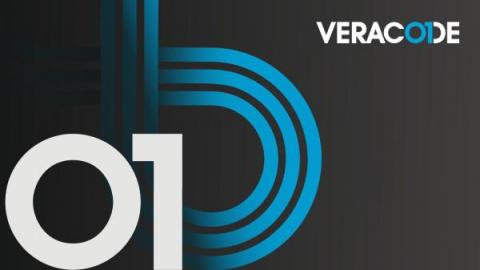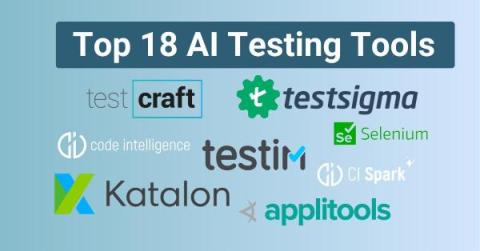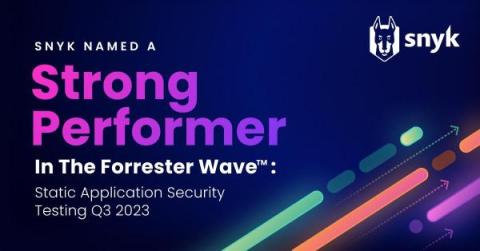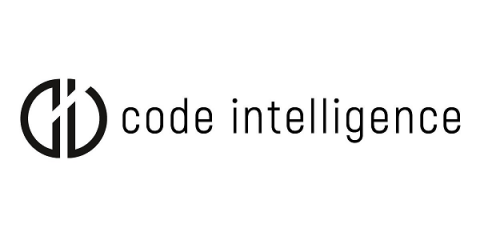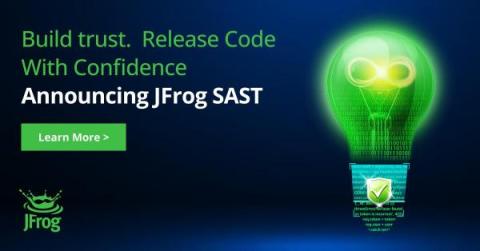DevSecOps Best Practices: Leveraging Veracode DAST Essentials
DevSecOps is a modern approach to software development that implements security as a shared responsibility throughout application development, deployment, and operations. As an extension of DevOps principles, DevSecOps helps your organization integrate security testing throughout the software development life cycle. In this blog, we discuss DevSecOps best practices and practical steps to producing secure software.


